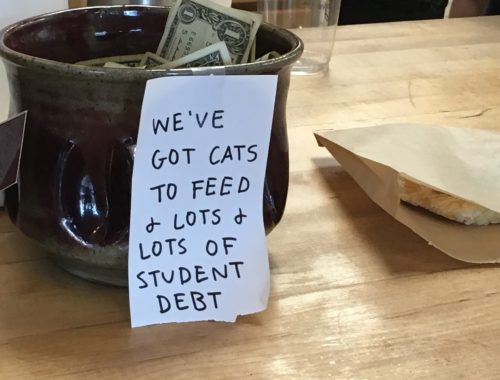
Tax Deduction For Sending Children To Private School ?
Last year, congress created a curious loophole in the IRS 529 code that provides a windfall for parents who send their children to a K-12 private school – and does it at the expense of the states. If you live in a state with no income tax or one of seven states that don’t allow deductions for 529 investments (California, Delaware, Hawaii, Kentucky, Maine, New Jersey, and North Carolina) you can stop reading. Otherwise this is interesting.529 plans
The 529 tax loophole
By now, you probably know the story of the 529 plan. These are tax-privileged accounts intended to allow parents to save after tax dollars(there is no federal deduction) that grow and are then used for qualified educational expenses tax free. The intention has always been for the monies to be saved and used for college or graduate school so it was curious when a last-second a change to the 529 IRS code was slipped in to the Tax Cuts and Jobs Act of 2017. This modification allows up to $10,000 of 529 savings to be used for K-12 school education expenses (and only education expenses). It really makes no sense from a saving point of view – how can any reasonable about of compounding occur over such a short period of time? The answer is it cannot. The obvious intent was to give parents who send their children to private school a tax break and stick cash strapped states with the bill.
Lets look at this more closely. There are 30+ states that offer 529 savers some sort of tax deduction. In many cases, it’s the entire amount of the annual contribution; in others, it’s more complicated. Some states don’t care in which state’s 529 plan you’ve invested (Arizona, Arkansas, Kansas, Minnesota, Missouri, Montana and Pennsylvania) for most, the money must be invested in your state’s plan. The obvious intent is to encourage college savings. With state tax rates ranging from ~3% – 10% every $1k of 529 savings could result in a $30 to $100 in tax reduction. With the change to the 529 code, parents can now literally put money into a 529 account today, pay for private school tomorrow and enjoy a tax deduction for essentially doing nothing – except pay the tuition they were going to pay anyway. Obviously, the higher the state tax rate, the greater the benefit. If your state tax is 10% and your child’s tuition is $15k (very reasonable by todays standards) you get $1K back from the state for doing nothing!
If you live in Michigan, Minnesota, Montana or Wisconsin you’ll need to be a little crafter. Essentially, for Michigan and Minnesota, a contribution and withdrawal cannot occur in the same year otherwise you don’t get the deduction. So you will have to plan ahead and make your contribution one year ahead. As for Montana, if you make a distribution within three years of the opening of the 529 plan, you lose the previous years tax deductions. In Wisconsin, you lose the deduction if the contribution and distribution are made within 365 days of each other.
Is this really legal and should I use it if my child goes to private or parochial school? The answer is, it is legal – for now. State legislators know about the change and are watching the situation but are not yet moving to change their 529 laws – probably because so few people take advantage of the loophole. I predict this will change. As to whether or not you should take advantage? If you have a child in private or parochial school you should research your state laws very carefully or consult with your tax professional. The laws are in flux fight now. The way I look at this, you should always pay your fair tax share; however, you should never pay one dollar more than you are legally required.




